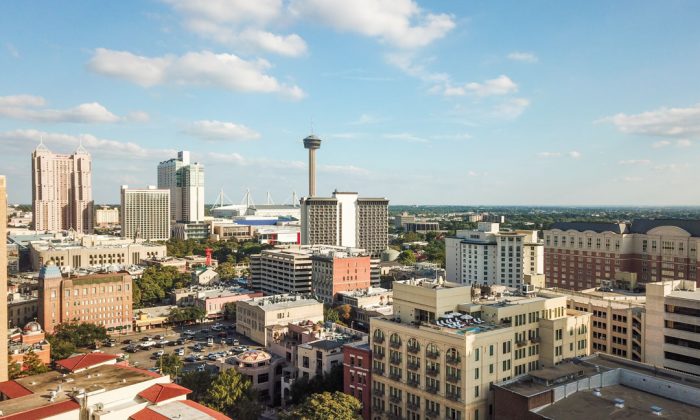Does anyone know where the love of God goes
When the waves turn the minutes to hours?
Gordon Lightfoot, “The Wreck of the Edmund Fitzgerald”
This haunting ballad — Lightfoot’s favorite — is about a storied iron-ore ship that was battered by a storm and sank suddenly in Lake Superior in 1975, taking the lives of all 29 men on board.
This incident will forever remind me of July 4 in the Texas Hill Country of Texas — the little girls in Camp Mystic, terrified and trapped by floodwaters that suddenly surrounded their cabin; the families who awoke, horrified, waterborne in their trailers on a raging Guadalupe River. We will never know what final thoughts occupied their minds as the waves turned the minutes to hours.
Why did so many die on July 4 in Kerr County? My brain is reeling from the magnitude of causes uncovered — the physical geography, flood history, timing, the number of people, the warning systems, the politics.
I suggest another cause — the attraction of idyllic places in spite of their inherent dangers.
People are attracted to Southern California for its perpetual spring, despite its earthquakes and wildfires; southern Florida for its tropical warmth, despite its hurricanes; and the Hill Country for its cypress-lined, crystal-clear streams, despite its floods.
An entire subfield of geography is concerned with how people minimize the risk of hazards — assigning them to specific places and times that don’t involve them, attributing them to a higher power.
Along the Guadalupe, many families and retirees who lost their trailers were interviewed. They often described their park as a bucolic paradise with towering trees and river frontage for fishing. One said, “It’s like a dream,” and another, “It’s heaven on Earth.”
Express-News Deputy Opinion Editor Tony Quesada described walking down to the river as invoking “a sense of enchantment and leaving behind the mundane for the sublime.”
Parents of campers who attended Camp Mystic prior to July 4 wasted no time commending it. They were excited to send their children to a “pastoral setting” where they would grow spiritually while learning to swim, fish, canoe. They were steadfast in not assigning blame to anyone for the disaster. As they put it, “I don’t think anyone was negligent in this situation,” and “This was just a freak event.”
Of course it wasn’t.
Contradicting some parents’ and politicians’ statements, the southern Hill Country has suffered disastrous floods almost every decade in the past 125 years. The 1978 flood along the Medina River had eerie similarities to the 2025 flood. At least three previous floods on the Guadalupe exceeded the rainfall and water flow of July 4.
What makes the 136 deaths on July 4 different basically boils down to one factor: the number of people gathered on the river. Thousands of kids were in summer camps. There may have been three times as many people in trailer parks, rental homes and residences on the river.
The natural attractiveness of the area is omnipresent. Furthermore, the number of people staying on the river on any summer day is likely to increase due to the rapid growth of Dallas, Houston and Austin, the principal sources of visitors; other holidays, such as Memorial Day and Labor Day; and the Hill Country as the new retirement destination.
In the coming months and years, foundations will be raised a few feet, warnings will be more explicit on forms, floodplain maps redrawn, sirens installed. These will be viewed by many in the business sector not as important changes but as the price of doing business.
And the Hill Country rivers are so enticing that people will discount and deflect the risks associated with them. Deaths will not cease.
Robert Frost’s poetry frequently rejects the notion that immersion in nature can solve our problems. In “Come In,” he tells of standing before a New England forest at dusk; it might as well be a cypress and pecan forest along the Guadalupe River:
Far in the pillared dark thrush music went —
Almost like a call to come in to the dark and lament.
But no, I was out for stars; I would not come in.
I meant not even if asked; and I hadn’t been.
Ultimately, nature is indifferent to human suffering.
Richard Jones is a professor emeritus in the department of political science and geography at the University of Texas at San Antonio.
A version of this op-ed appeared in the San Antonio Express-News.


